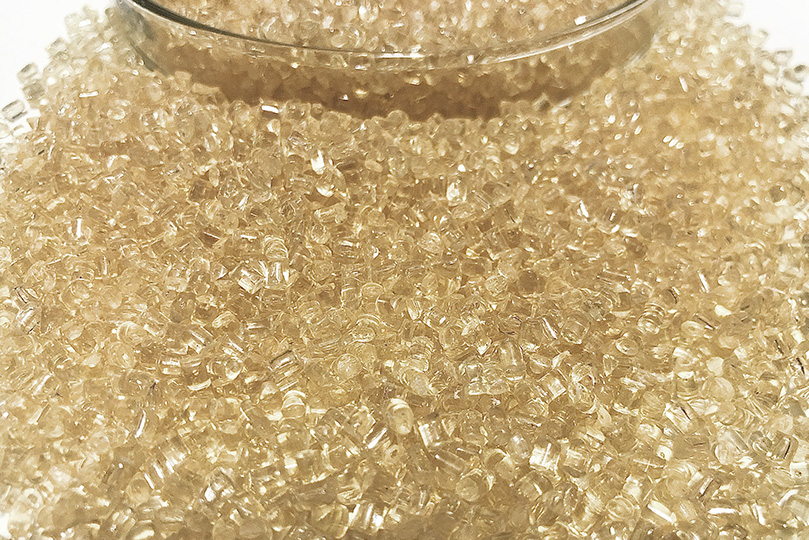Polyethersulfone, commonly known as PES, is a versatile amorphous polymer that possesses remarkable properties. Its unique chemical composition and structure make it an optimal choice for various applications in different industries. In this article, we will delve into the properties of PES, its advantages, and benefits of using it in automotive applications.
The structure of PES consists of a rigid and aromatic bisphenol A (BPA) group that is linked to a flexible and hydrophilic polyether chain. This unique combination of stiff and flexible components gives PES its superior properties, including high thermal stability, mechanical strength, and dimensional stability.

PES has several desirable properties that make it an attractive material for various applications. Some of these properties are:
PES exhibits excellent mechanical strength, toughness, and fatigue resistance. It can withstand high stress and strain without breaking or deforming permanently.
PES does not shrink or expand significantly under varying temperature and humidity conditions. It maintains its shape and size over a wide range of operating temperatures, making it suitable for precision engineering applications.
PES has a high refractive index, which makes it transparent to visible light. It is used in optical applications, such as lenses, prisms, and waveguides.
PES is a self-extinguishing material, which means it does not sustain combustion once the source of ignition is removed. It has a high limiting oxygen index (LOI) of 35-40%, which makes it suitable for use in flame-retardant applications.
PES is used in various automotive applications, including air intake manifolds, fuel system components, and sensors. Some advantages and benefits of using PES in these applications are:
PES can withstand temperatures up to 180°C without losing its mechanical integrity or dimensional stability. This property makes it suitable for use in high-temperature environments, such as engine compartments.
PES is resistant to a wide range of chemicals, including fuels, oils, and solvents. It does not degrade or swell when exposed to these substances, making it ideal for use in fuel system components.
PES has low permeability to gases and liquids, which prevents leakage and contamination of the fluid or gas being transported. This property is particularly important in fuel system components, where any leakage can pose a safety hazard.
PES has a low density of 1.37 g/cm³, which makes it a lightweight material. This property reduces the weight of the automotive components made from PES, leading to improved fuel efficiency and reduced emissions.
In conclusion, PES is an exceptional material with desirable properties that make it an optimal choice for various applications. Its remarkable mechanical behavior, high dimensional stability, transparency, self-extinguishing properties make it an attractive material for various industries.If you're interested in learning more about PES or would like to explore how PES can benefit your industry, don't hesitate to contact us today. Our team of experts is always ready to assist you with any queries you may have.
By continuing to use the site you agree to our privacy policy Terms and Conditions.